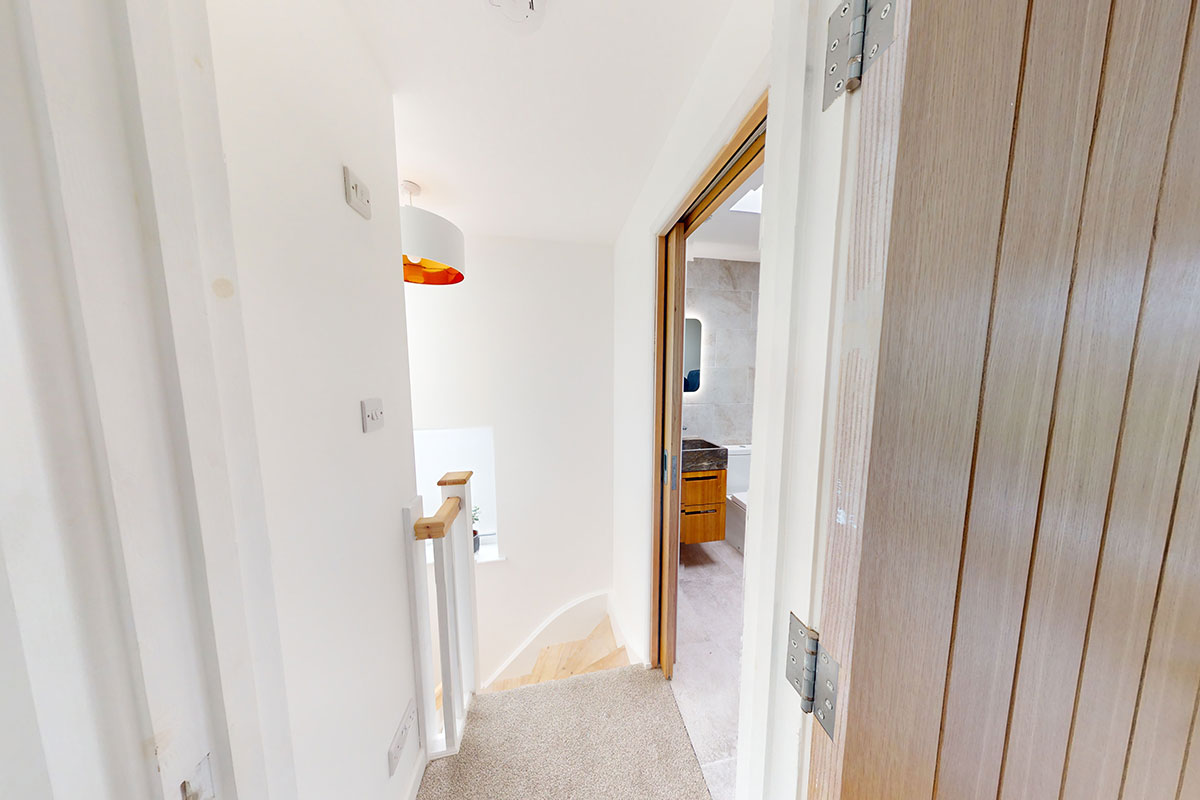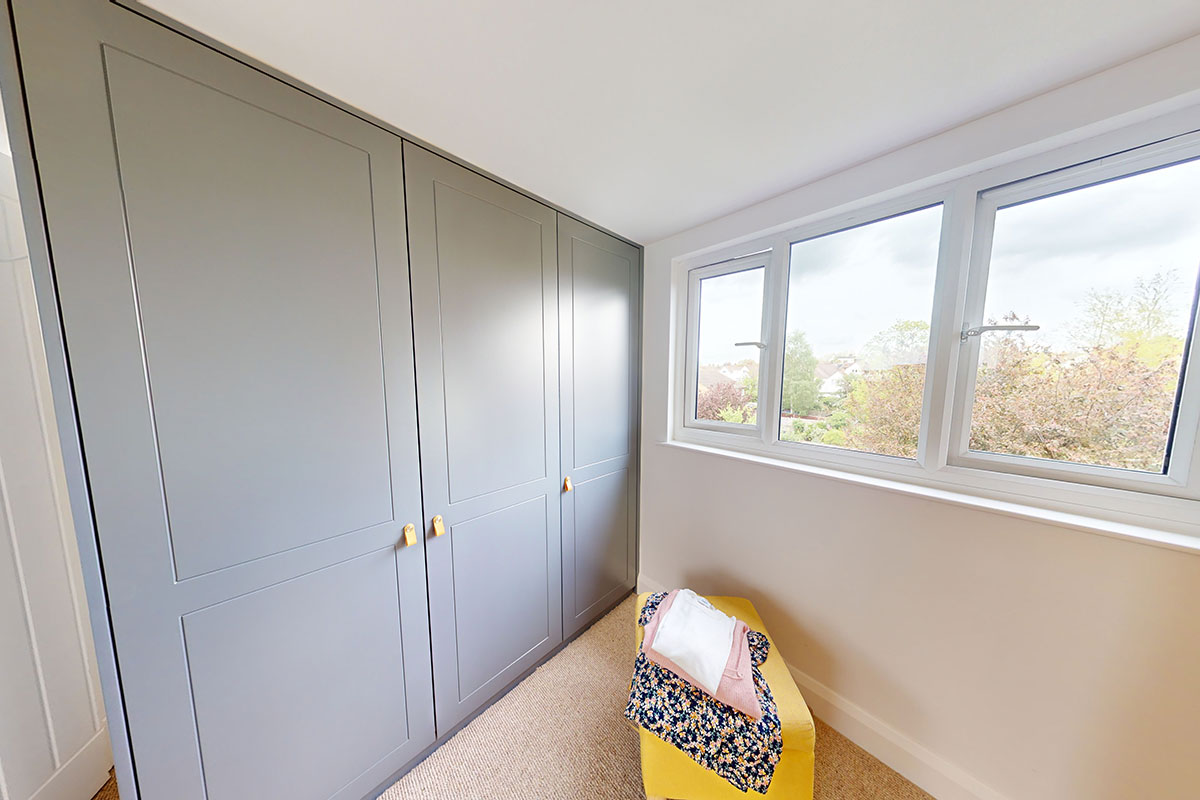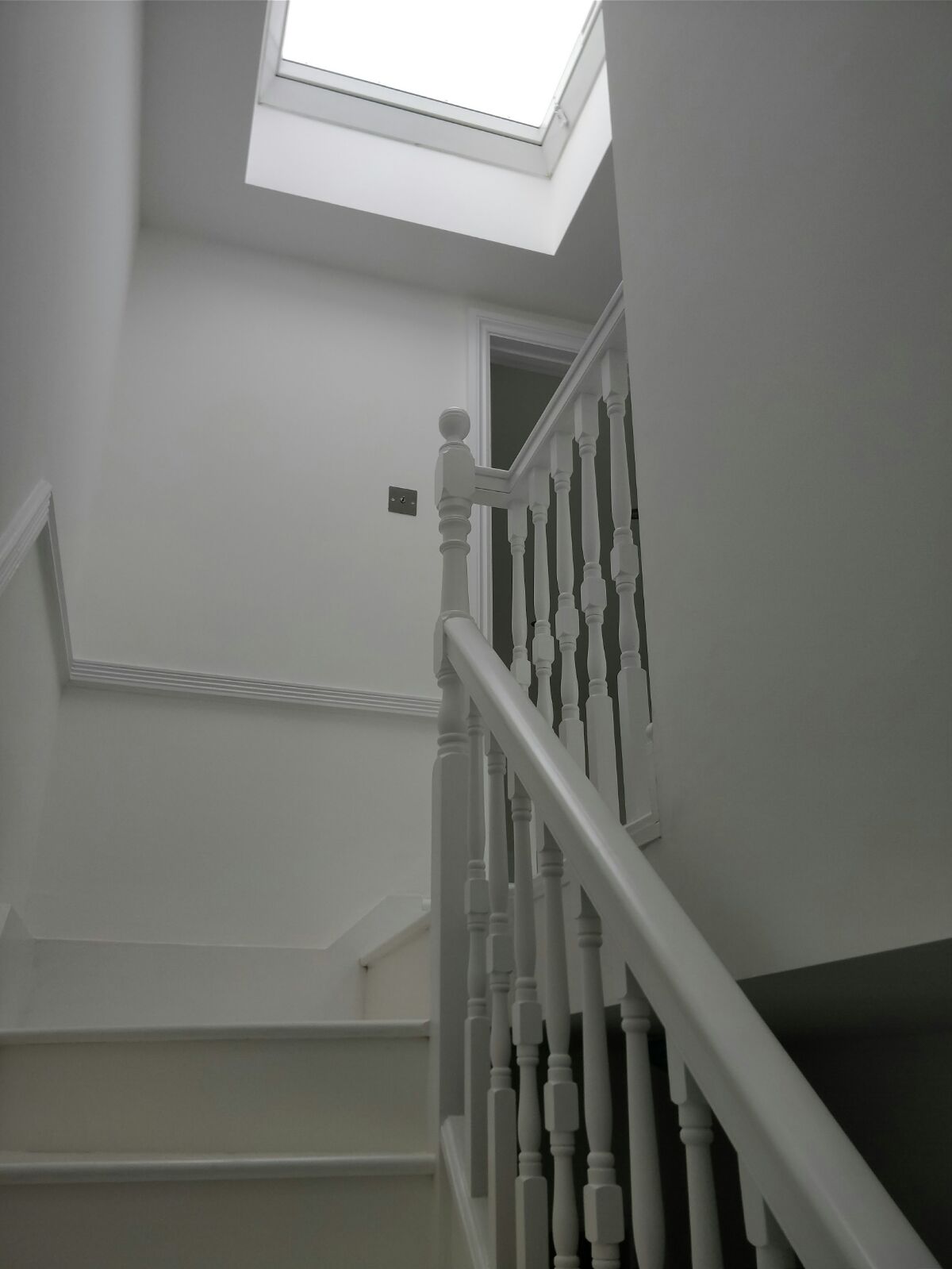Permitted development Rights
Understanding Permitted Development for Loft Conversions
Welcome to CS Lofts, the leading experts in loft conversions. Whether you’re looking to create a new bedroom, a home office, or a cosy retreat, a loft conversion can significantly enhance your home’s space and value.
One of the first considerations for any loft conversion project is understanding the rules around permitted development. This guide will help you navigate these regulations and determine if your project can proceed without the need for full planning permission.
What is Permitted Development?
Permitted development rights allow homeowners to carry out certain types of work on their property without needing to apply for full planning permission. These rights are set out by the government and are designed to make it easier to undertake common types of home improvements, such as loft conversions, while ensuring they remain in keeping with the local area.pe


When Does Permitted Development Apply to Loft Conversions?
Many loft conversions fall under permitted development rights, which can simplify and speed up your project. To qualify, your loft conversion must meet the following criteria:
1. Volume and Size: The additional space created must not exceed 40 cubic metres for terraced houses or 50 cubic metres for detached and semi-detached houses. This includes any previous loft additions.
2. Height: No part of the loft conversion can be higher than the highest part of the existing roof.
3. Materials: The materials used should be similar in appearance to the existing house to ensure the new structure blends seamlessly.
4. Windows and Balconies: Any side-facing windows must be obscure-glazed, and no balconies, verandas, or raised platforms are permitted under these rights.
5. Setback: The extension must not overhang the outer face of the wall of the original house.
When Permitted Development Does Not Apply
While permitted development rights can simplify the process, there are situations where they may not apply, and you will need to seek full planning permission:
1. Flats and Maisonettes: Permitted development rights do not apply to flats or maisonettes. Any loft conversion in these types of properties will require planning permission.
2. Conservation Areas: Properties located in designated conservation areas often have restrictions to preserve their historic character. In such areas, permitted development rights might be limited or removed.
3. Article 4 Directions: Local authorities can issue Article 4 Directions, removing permitted development rights in specific areas to control changes that might harm the local environment.
4. Listed Buildings: If your property is a listed building, you will need listed building consent for any alterations, including loft conversions, regardless of whether they fall under permitted development rights. For more detailed information about planning permission, visit our dedicated page: Planning Permission Explained.


Consulting the Experts at CS Lofts
Navigating permitted development rules can be complex, but with CS Lofts, you have a trusted partner by your side. Our team of experts is well-versed in the regulations and can help you determine if your loft conversion falls within permitted development rights or requires planning permission. We handle all aspects of the process, from initial consultation to final approval, ensuring your project complies with all legal requirements.
Get Started with Your Loft Conversion Today
At CS Lofts, we are committed to making your loft conversion journey as smooth and stress-free as possible. Contact us today to schedule a consultation and start transforming your loft space into a beautiful and functional part of your home.
For more detailed information on permitted development rights, you can visit the UK Government’s Planning Portal.
CS Lofts: Your Trusted Partner in Loft Conversions
